
Free Shipping on $50+
Muscle knots: Those tight, painful pockets of tension beneath the skin can transform everyday activities into a battle against discomfort.
Whether you’re an athlete dealing with post-workout soreness or a desk jockey grappling with desk-related neck pain, finding effective relief is essential. So, which is best, Hot or Cold?

The answer depends on the nature of your muscle knot:
Heat therapy relaxes muscle knots by increasing blood flow, delivering oxygen and nutrients to muscles, and promoting healing. Benefits of heat:

HEAT
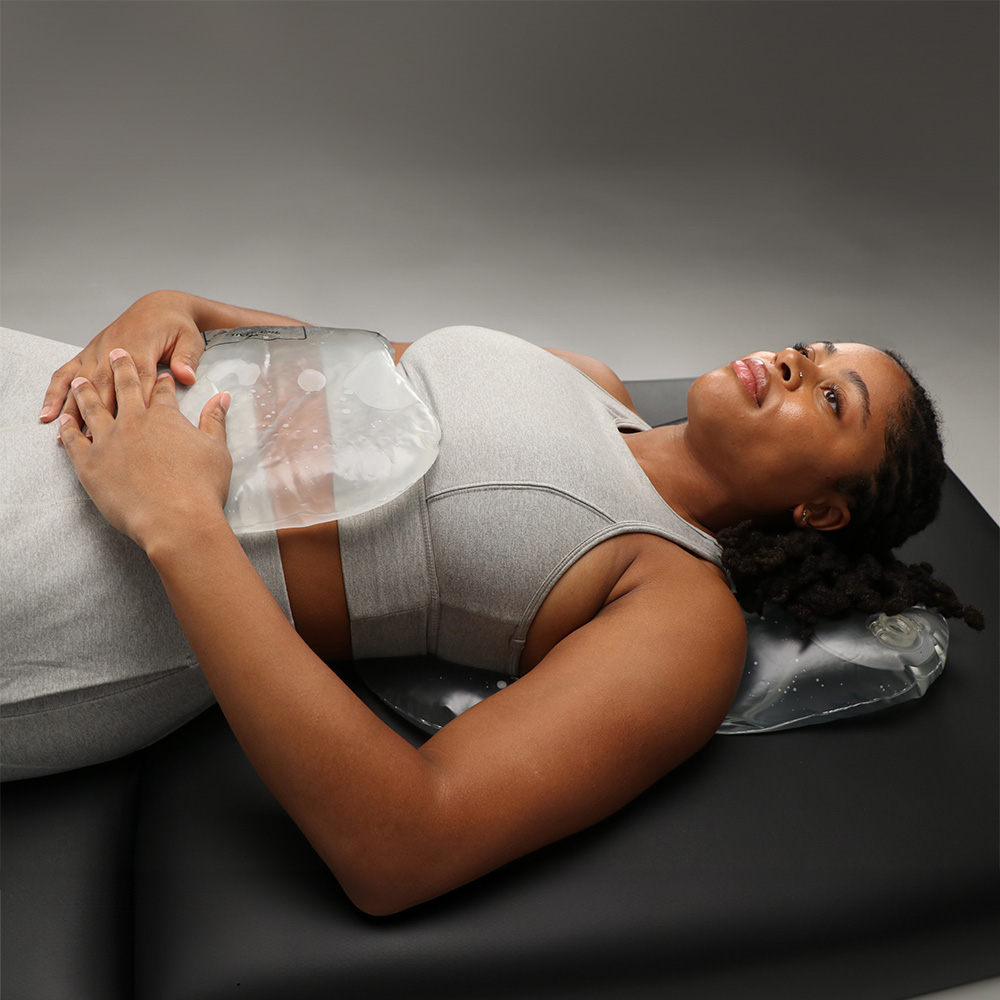
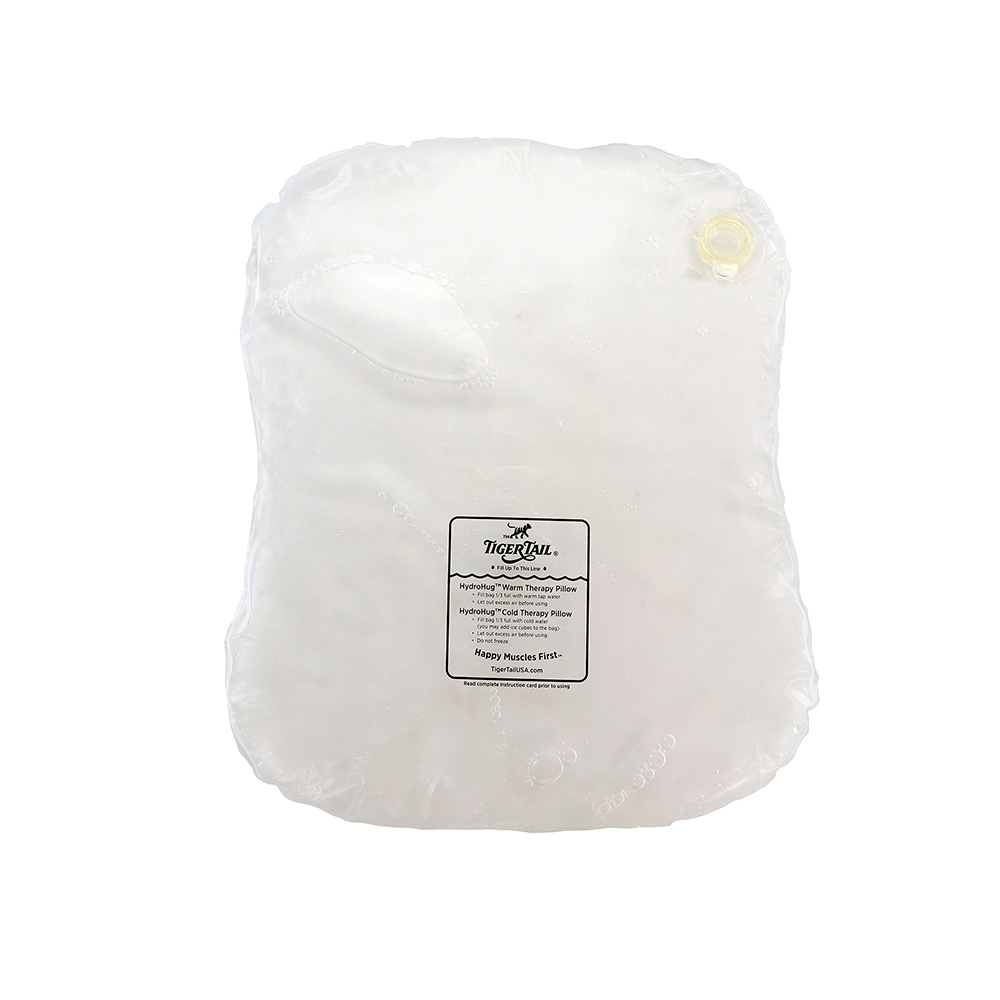
Tiger Tail HydroHug® Water Therapy bag. A simple and effective heat application.
Cold therapy for muscle knots, also known as cryotherapy, constricts blood vessels, reducing blood flow to the affected area. This helps to:
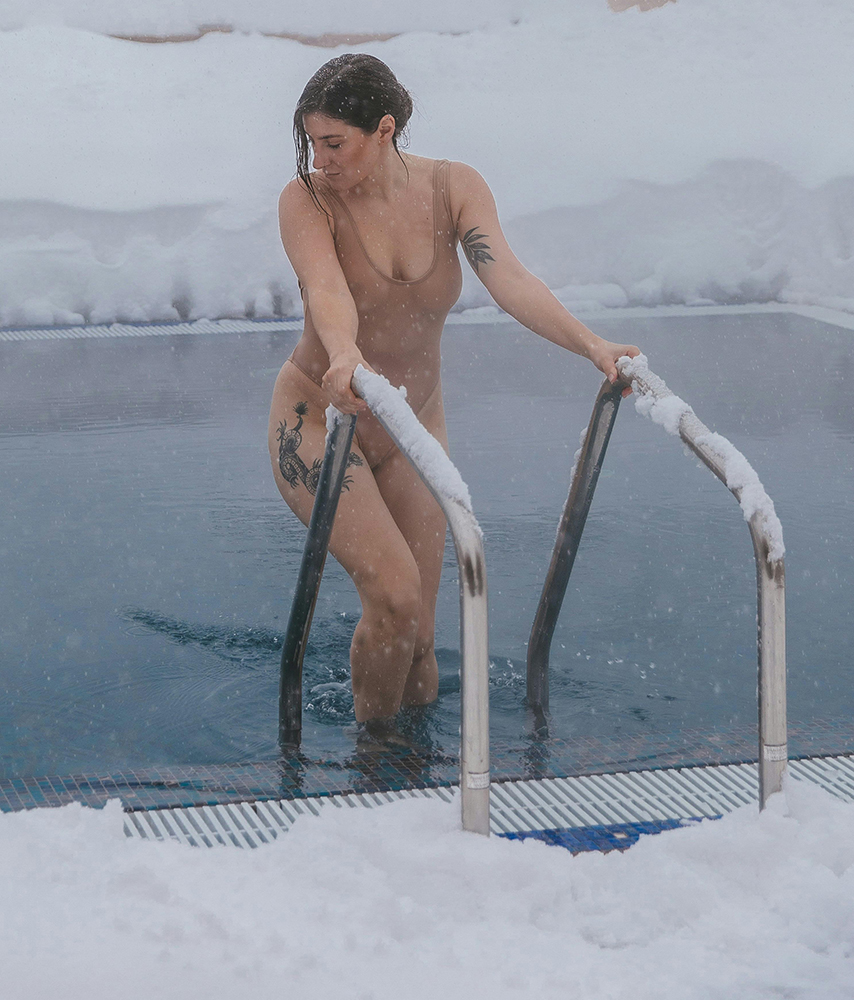
COLD
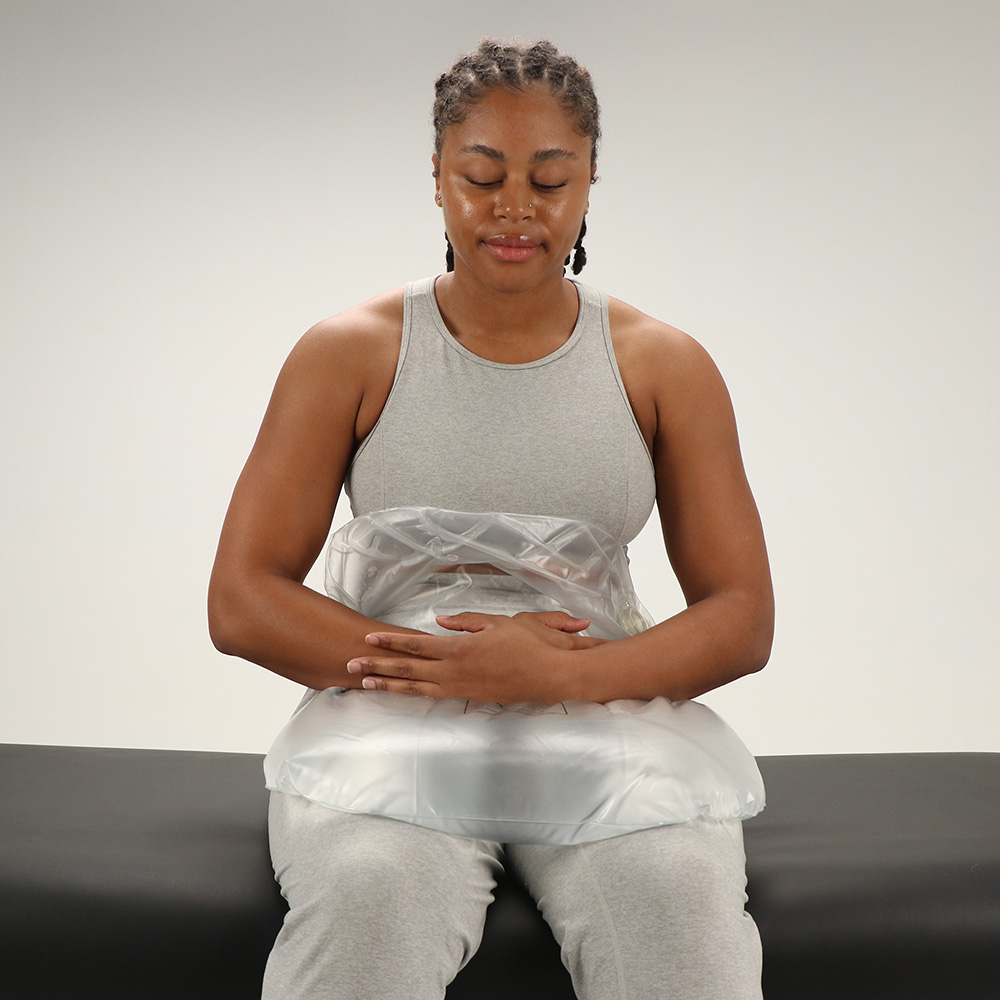

The Tiger Tail HydroHug® Water Therapy bag can also be a cold pack.

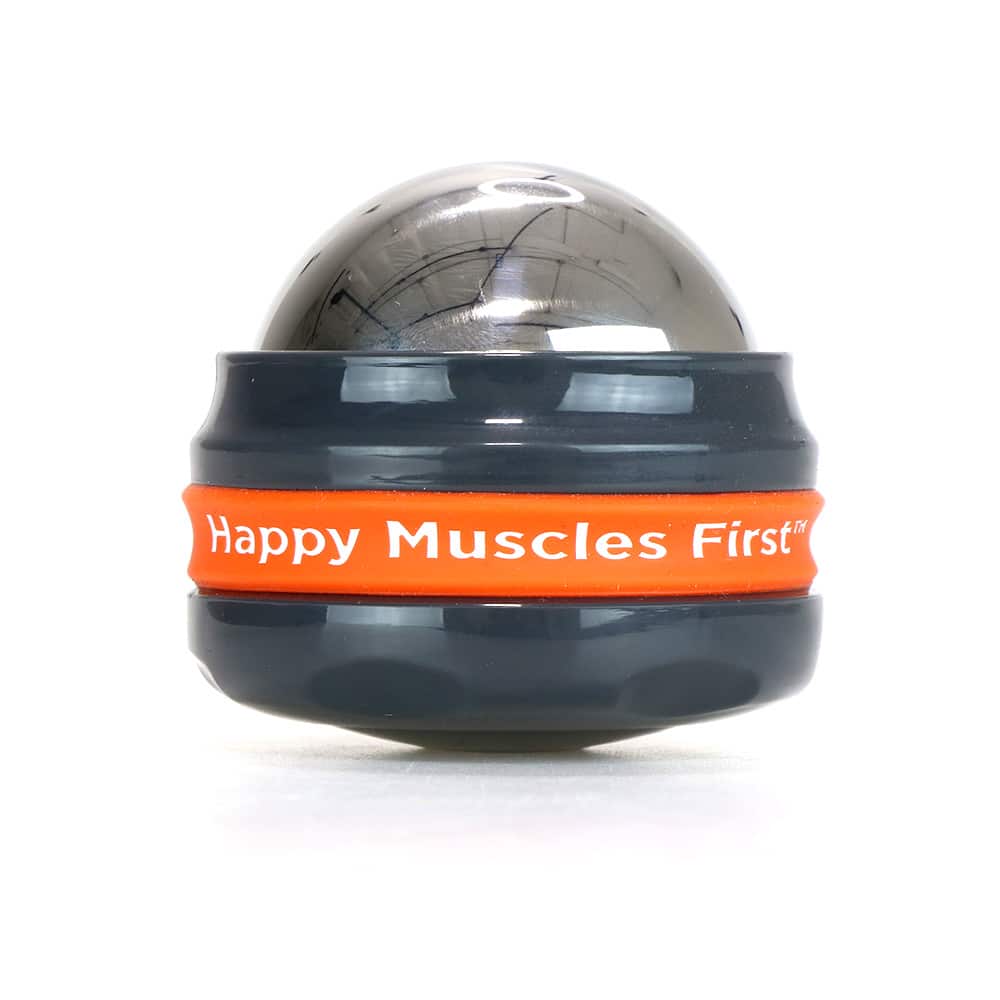
Knotty Tiger® ICE – cryo-tool offers immediate cold and massage for muscle knots. Metal ball stays naturally cold; bump it up a notch by putting it in the fridge/freezer.
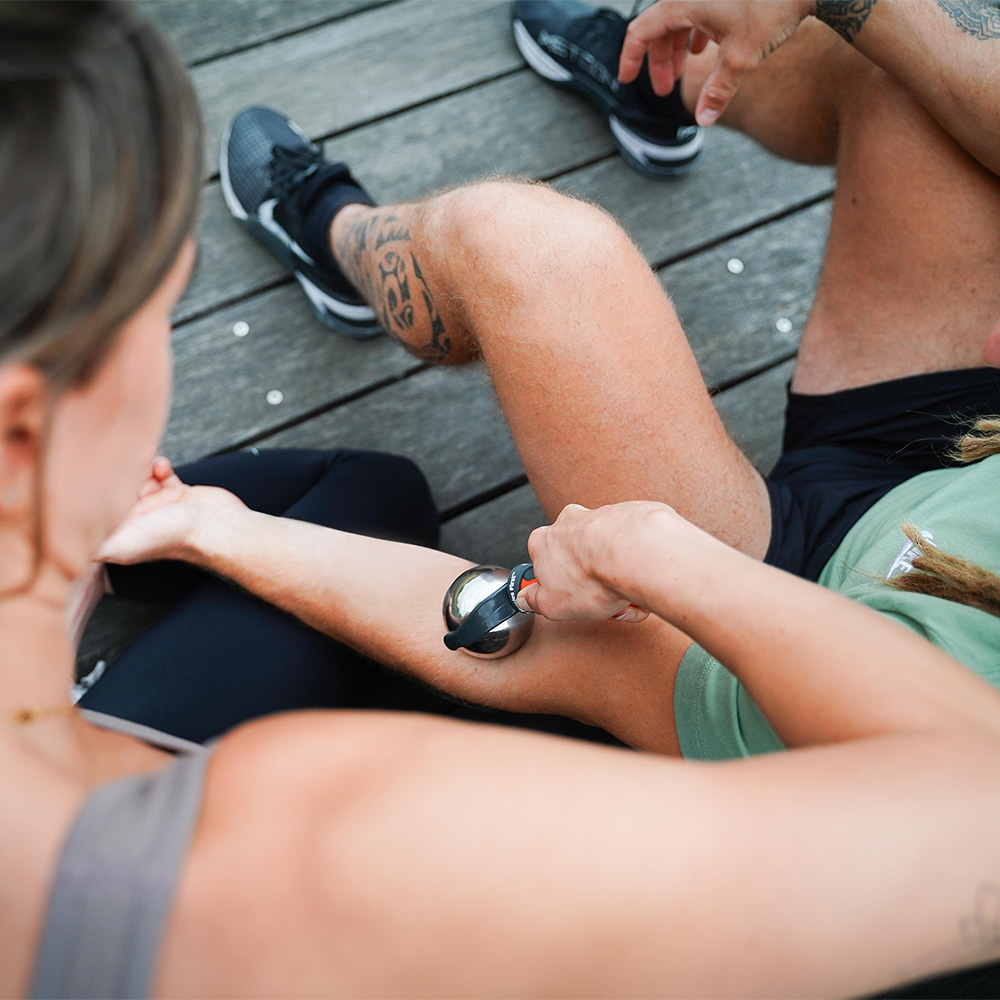

Tiger Ball® ICE for muscle knots is a specialized cryo-tool for easy application of cold therapy. Metal ball stays naturally cold; bump it up a notch by putting it in the fridge/freezer.
Both heat and cold therapy effectively relieve muscle knots (El-Tallawy, 2021). Proper application is key, whether you use a hot water bag like the Tiger Tail HydroHug® Hot Water Therapy Pillow for muscle pain or Knotty Tiger® Ice for targeted cold therapy. Remember to listen to your body and seek professional advice when needed. You can effectively manage muscle knot pain with the right approach and readily available tools.
El-Tallawy, S.N., Nalamasu, R., Salem, G.I. et al. Management of Musculoskeletal Pain: An Update with Emphasis on Chronic Musculoskeletal Pain. Pain Ther 10, 181–209 (2021). https://doi.org/10.1007/s40122-021-00235-2
For more information on our awesome tools and programming:
Website: www.tigertailusa.com
Email: [email protected]
Disclaimer: This information is for general knowledge and informational purposes only and does not constitute medical advice. Consult a healthcare professional before starting any new exercise program.
Stay Up-to-Date!

Dr. Julie Zuleger has over 20 years of experience as a Licensed Massage Therapist, Certified Strength and Conditioning Specialist (CSCS), Corrective Exercise Specialist, RYT-500 Yoga Instructor, and Human Movement Specialist. Julie promotes self-care using massage tools and stretching-based programs and teaches continuing education courses for yoga teachers, massage therapists, athletic trainers, strength and conditioning, fitness, and wellness professionals. Julie holds a PhD in Education and is the Director of Kinesiology and Education at Tiger Tail USA.